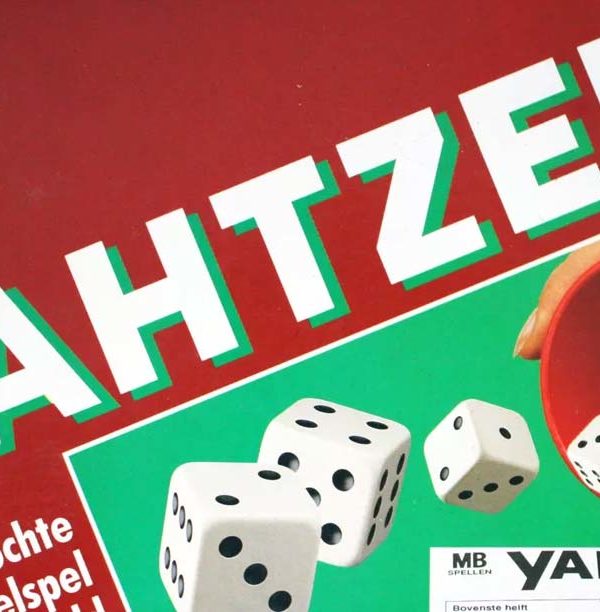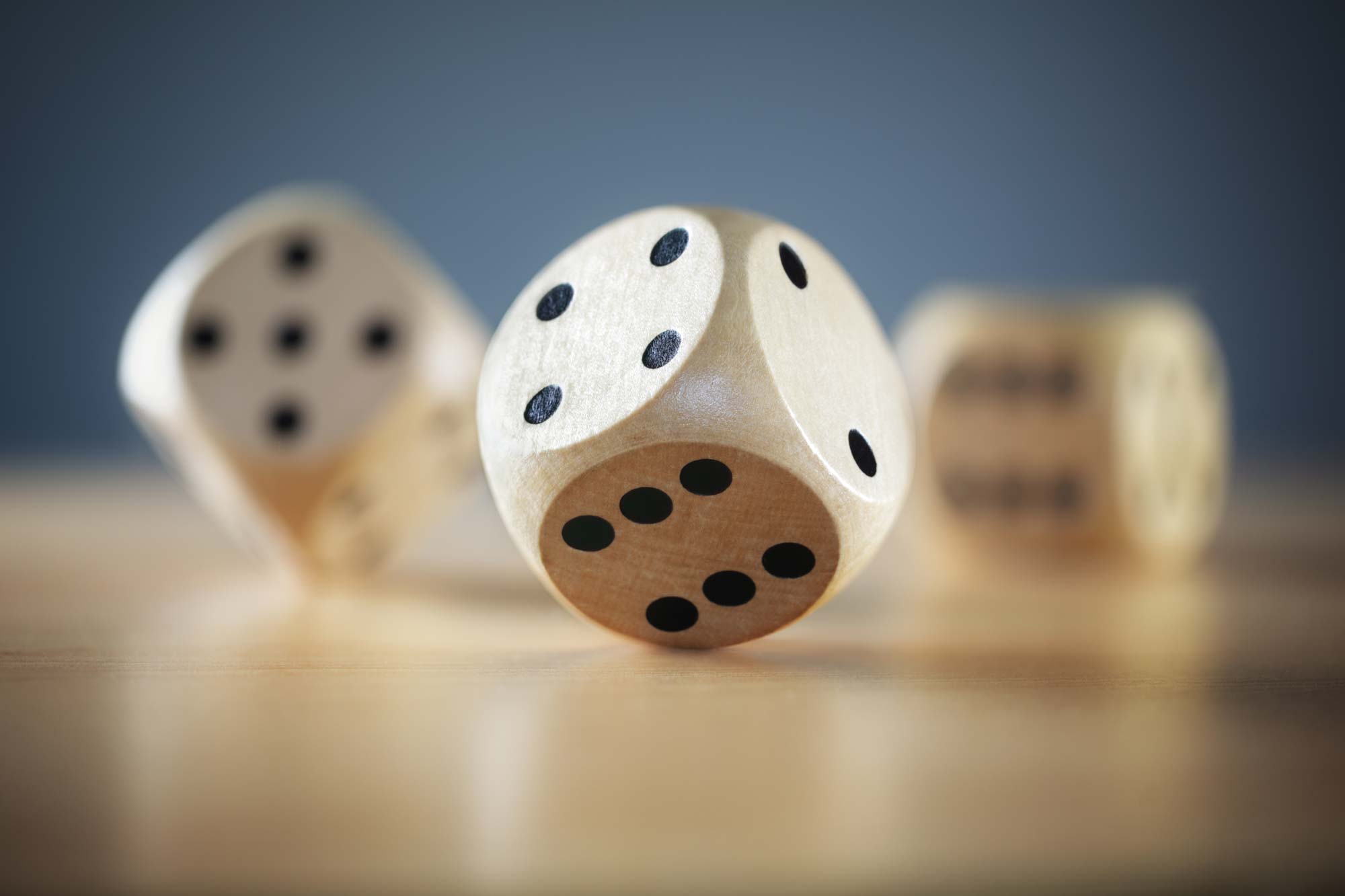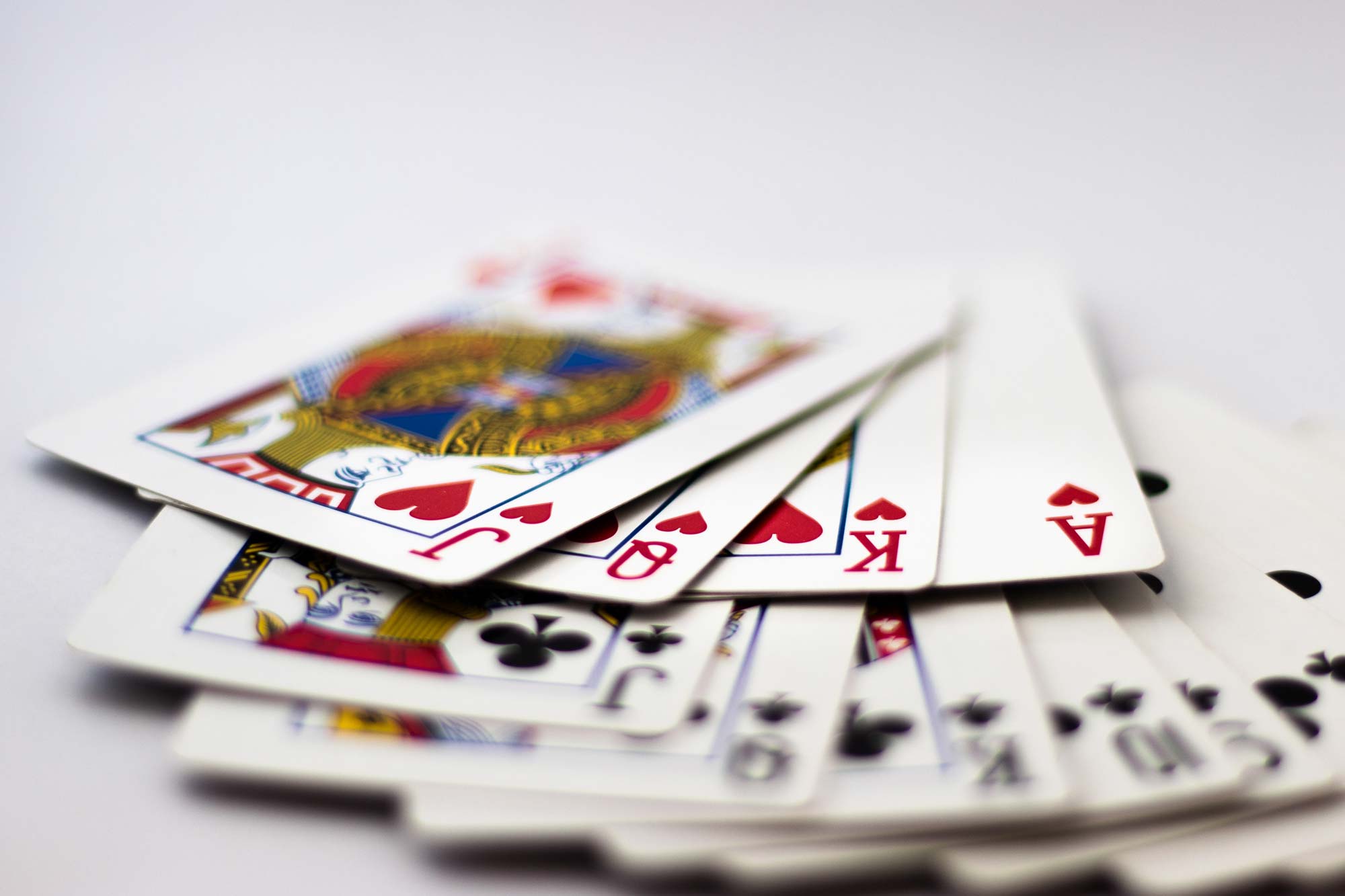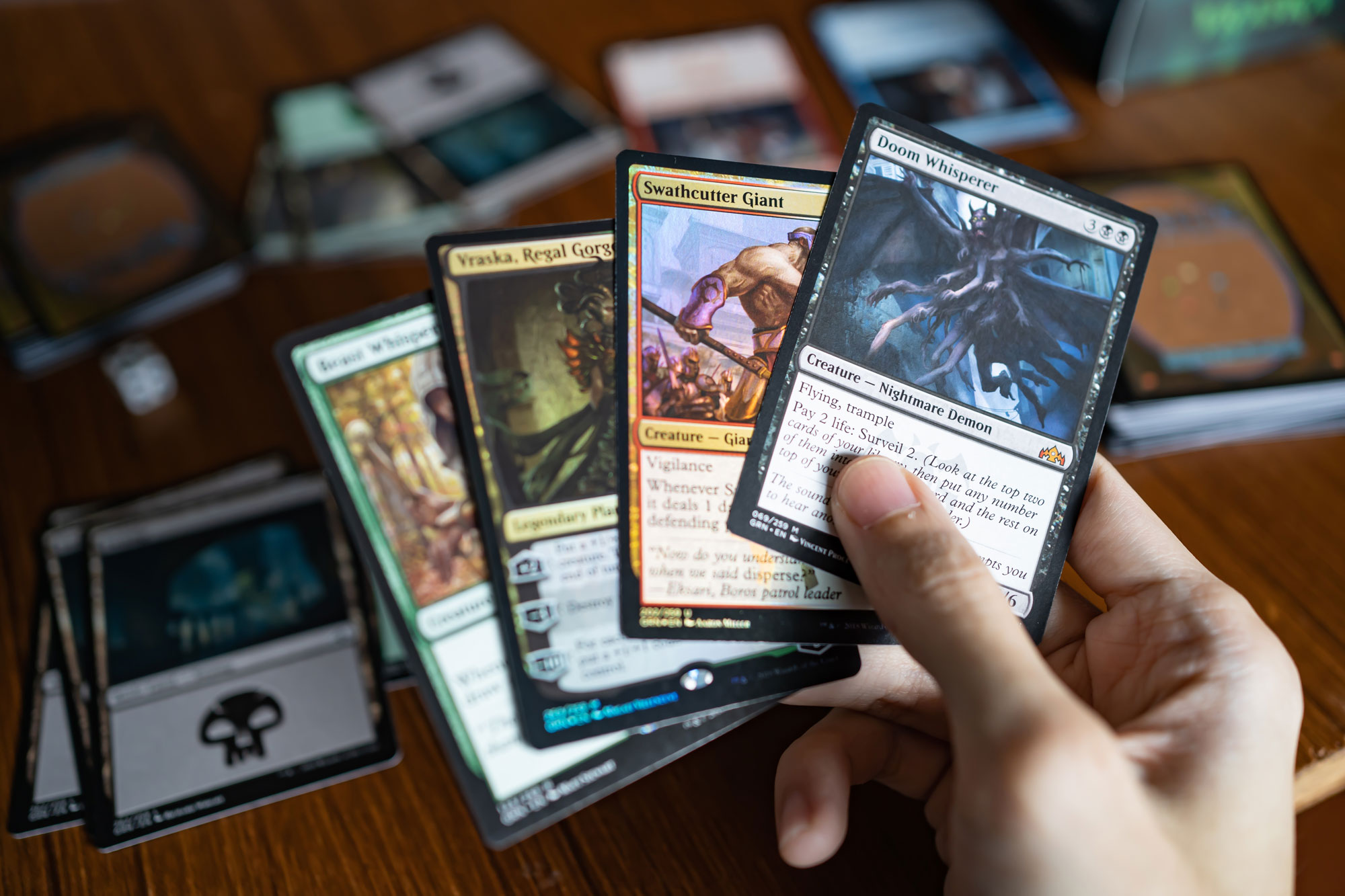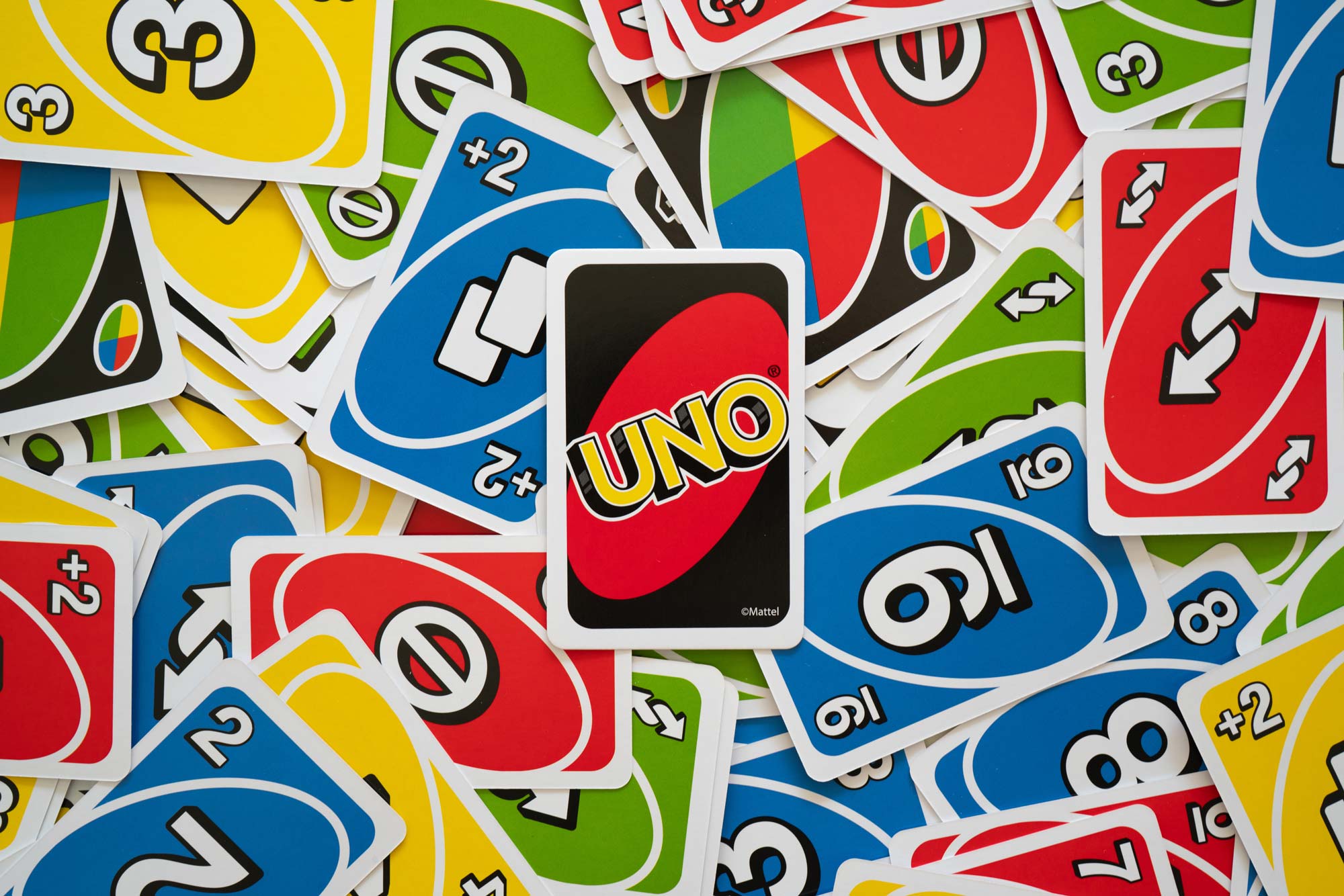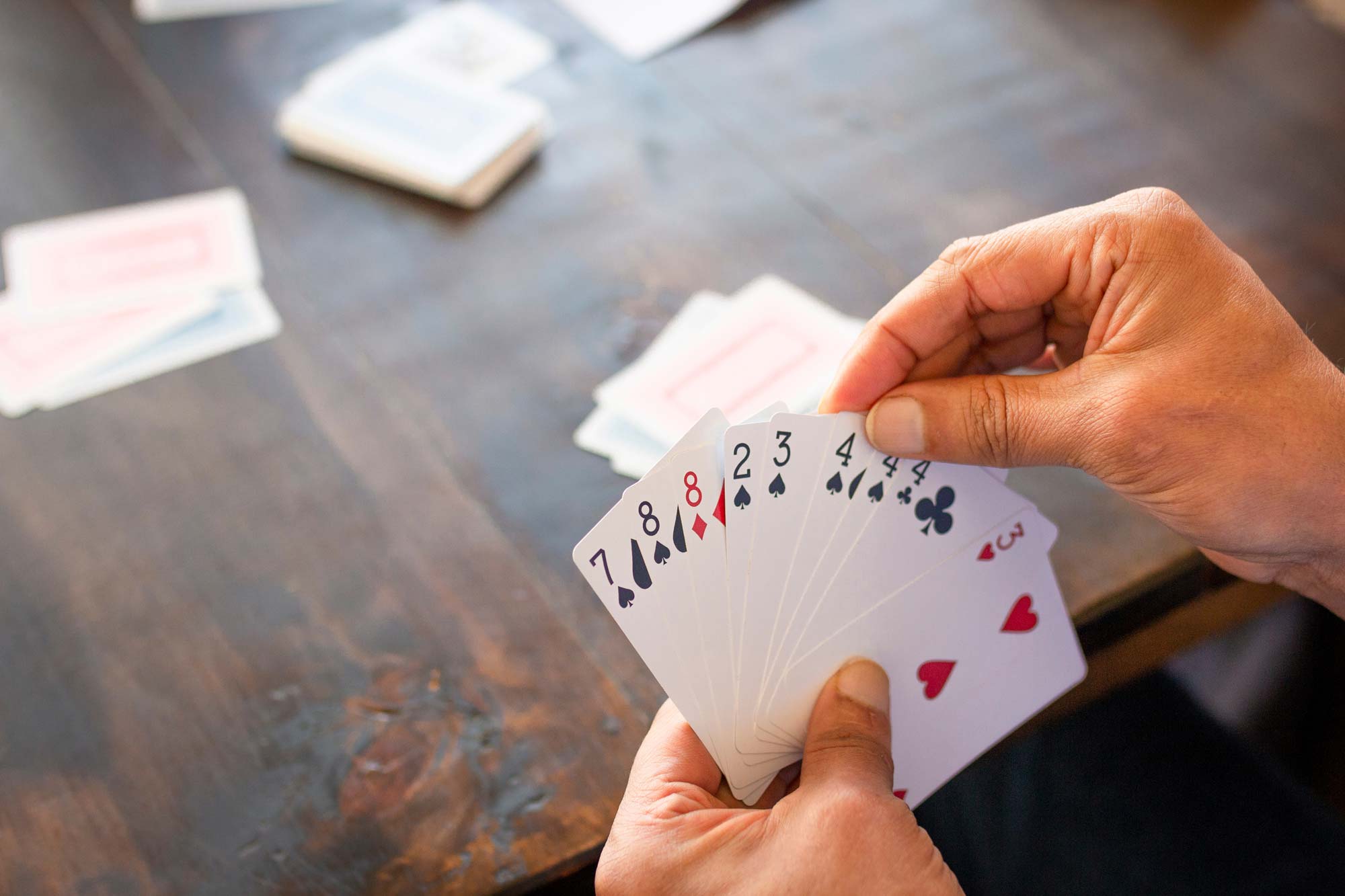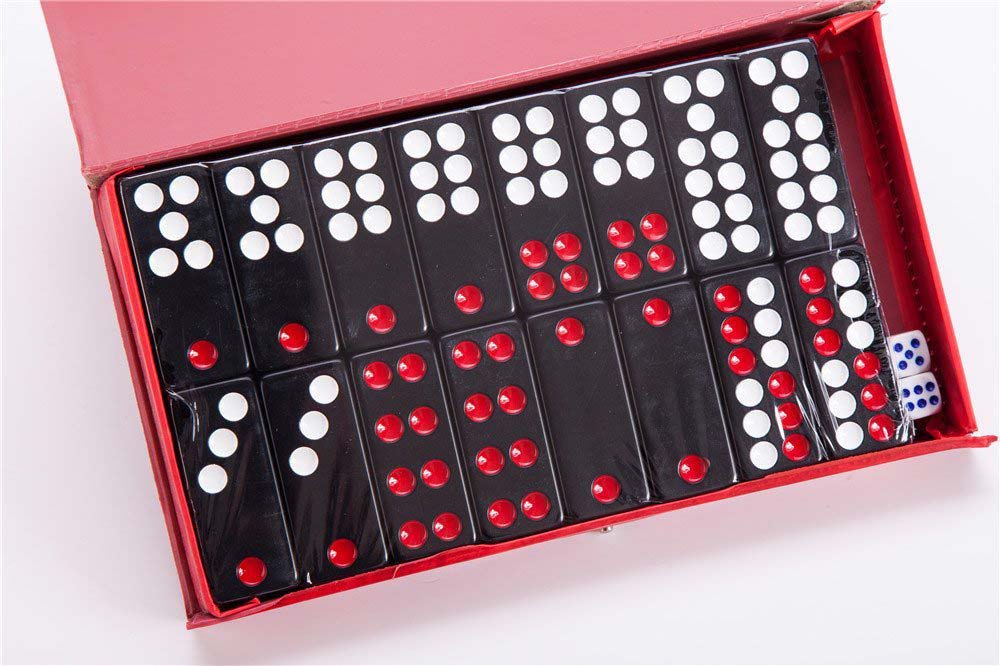
So, what’s the deal with Pai Gow? Picture this: You’re in a buzzing casino, the air thick with excitement and the steady click of tiles being shuffled. Amidst the sea of flashing lights, you find a table where players are deeply engrossed in a game that mixes strategy with a bit of luck. That’s Pai Gow for you—a timeless classic that has captured the imagination of gamblers for centuries. With roots in ancient China, Pai Gow isn’t just a game; it’s an experience. Ready to dive in?
Country of Origin: China
Date of Origin: During the Song Dynasty (960–1279 AD)
Regions popular in: Asia, North America, and casino hubs worldwide
Family: Tile game
Also Known As: Double-hand poker (when referring to Pai Gow poker variant)
Variants: Pai Gow poker
Game Rules
Objective of the Game
The aim is straightforward: create two hands from four tiles—one high and one low—that will beat the dealer’s corresponding hands. Strategy and a bit of luck? Definitely.
Number of Players: 2 to 8 players, including the dealer
Tile Information: 32 Chinese dominoes, each with a unique combination of dots and picture tiles.
Setup
Players and the dealer each receive four tiles, shuffled from a full set. Tiles are then arranged into two hands.
Basic Gameplay
- Shuffle the tiles and deal four to each player.
- Each player arranges their tiles into two hands: a high hand (two tiles) and a low hand (two tiles).
- Compare hands with the dealer’s hands. The goal is to beat the dealer on both hands.
Winning Conditions
To win, both of your hands must outrank the dealer’s corresponding hands. If one hand wins and the other loses, it’s a push.
Key Terms
- Wong: A combination of a nine-tile with a 12-tile.
- Gong: A combination of a nine-tile with an 11-tile.
- Gee Joon: The highest-ranking pair consisting of one and two of the special dominoes.
Strategy and Tips
Okay, so you’ve got the basics down. How do you up your game in Pai Gow? First, focus on setting your hands wisely. Balance is key—putting your strongest tiles in one hand and your weakest in the other can backfire. Aim to create a hand with the best possible two-tile combination to beat the dealer while ensuring your lower hand isn’t left defenseless. And hey, don’t be afraid to play the dealer’s game. Mimic their moves when in doubt, as it can reveal winning strategies. Now, go on and shuffle those tiles like a pro.
Historical Background
Let’s take a stroll down memory lane. Pai Gow was born in the bustling markets of Song Dynasty China, a time when merchants and gamblers alike sought entertainment and fortune. The game was originally played with Chinese dominoes and quickly became a favorite pastime. Its name, which translates to “make nine,” reflects the game’s central aim of creating high-value hands. Over the centuries, Pai Gow has evolved, spreading across continents and morphing into various forms, including the popular Pai Gow poker. Talk about a game with staying power.
Popularity and Cultural Impact
Pai Gow isn’t just another game—it’s a cultural phenomenon. In many Asian cultures, it’s played during festivals and gatherings, a symbol of community and shared joy. Its crossover to the West saw it becoming a staple in casinos, particularly among Asian-American communities. The game’s appeal lies in its blend of strategy, tradition, and the thrill of the gamble. Whether you’re in a smoky casino in Macau or a high-end gaming room in Las Vegas, Pai Gow brings people together, bridging cultures through its enduring allure.
Legends and Funny Stories
There are plenty of tales swirling around the Pai Gow table. One legend speaks of a gambler in ancient China who, down on his luck, prayed to the gods and drew the perfect hand—a divine intervention that turned his fortunes. On a lighter note, modern-day casinos have their share of quirky stories too. Like the time a player, convinced that wearing a squirrel costume would change his luck, became a local legend for his outlandish getup. Whether it’s divine luck or just plain fun, Pai Gow has its share of memorable moments.
Conclusion
So there you have it—Pai Gow, a game steeped in history and rich in strategy. Whether you’re a seasoned player or a curious newbie, the game offers a unique blend of challenge and excitement. Next time you find yourself in a casino, give Pai Gow a try. Embrace the ancient roots, the cultural tapestry, and the thrill of outsmarting your opponents. Shuffle those tiles, set your hands, and let the game unfold. Happy gaming!

